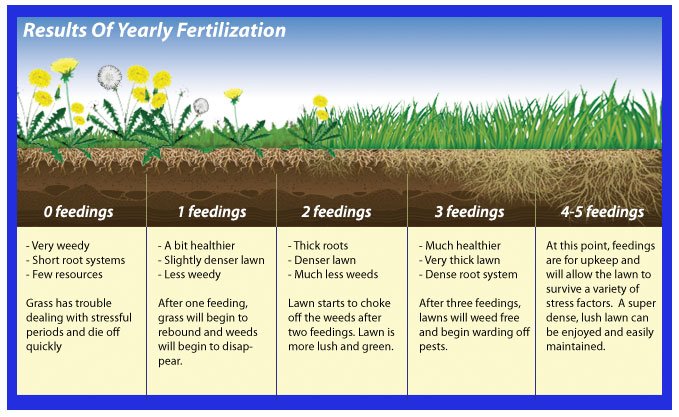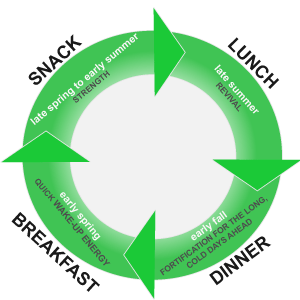How To Choose The Right Fertilizer For My Lawn
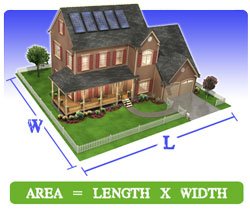
The article explains the importance of fertilizing your lawn. Most people hear the word fertilizing and cringe, thinking this is going to hit them deep in the pocketbook. However, fertilizing your lawn can be very cost-efficient if you select the right product and the right times to apply.
Once you’ve decided to take the fertilizer plunge, the first step is to determine your square footage. Multiply the length of your lawn by its width.
Picking A Fertilizer:
Once you know the amount of area to be covered, it is time to pick a fertilizer. When selecting a fertilizer you will usually see the word nitrogen on the package. This is because nitrogen is the most used component, as well as the element with the shortest life. Three other major elements found in your lawn are Phosphorus, Potassium, and Iron, but a total of 17 elements are vital and equally important in varying amounts.
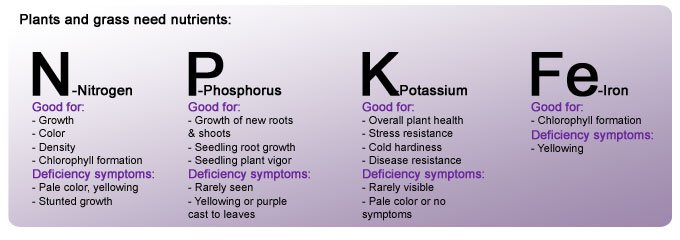
What Is Missing From Your Lawn:
- Is your lawn turning pale yellow and growing at a snail’s pace? – Lack of Nitrogen
- Is your lawn turning very dark green, then beginning to take on a purple he and becoming easily affected by the disease? – Lack of Phosphorous
- Does your lawn seem stressed? – Lack of Potassium
- Your lawn is starting to look like the sun, nice and yellow. – Lack of Iron
- We can’t forget about Calcium and Magnesium. Their deficiency symptoms can mimic those of Iron and Nitrogen. A Magnesium shortage might be the culprit when your grass turns yellow and a lack of Calcium can also cause your grass to grow very slowly.
So What’s A Person To Do When They Notice Their Lawn Is Turning Yellow?

It may be tempting to automatically turn to fertilizer to solve your problem, but you must first identify the cause. Remember, both iron and magnesium deficiencies can cause yellowness. To test for low iron, pick a yellow patch and spread iron sulfate or iron chelate onto the area. If the area greens up in 24 to 48 hours, you will know you had an iron deficiency. If you still have a yellow spot on your hands, test for a shortage of magnesium. Mix a teaspoon of Epson Salt with two cups of water and apply to the area. Once again, you should see results in 24 to 48 hours.
Performing A Soil Test:
A soil test can prevent a lot of deficiencies from occurring. They provide accurate information on the element levels and will alert you to problems before they become too advanced. This information can guide you in determining the amount of fertilizer needed, which elements your lawn is lacking, and how often you need to fertilize. A soil test will also measure your pH level, which determines whether or not your soil can support plant growth. You might need to add a dose of lime in order to improve the fertility of your lawn. Learn more about How To Determine Your Soil Type
Don’t have the equipment? Shop for it here, spades, fertilizers, fertilizer supplements, weed, and fungus control, fertilizer systems, and more!
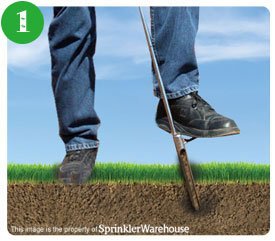
Collect several soil samples around your yard with a soil probe.
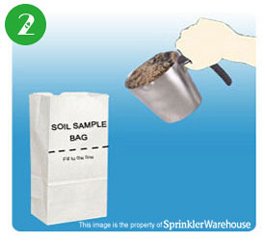
Mix the samples together and measure 1 cup of soil to send to the testing facility.
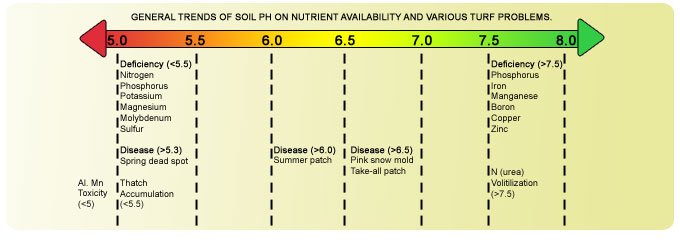
Determine When You Should Fertilize:
One of the hardest things to determine is when you should fertilize. First, it is important to determine which of the two types of grass you have: warm-season or cool-season. Warm-season grasses can be fertilized four times a year, between late winter and late summer. However, cool-season grasses should not be fertilized during the summer months.
What Type Of Fertilizer To Use:
The next biggest question is what type of fertilizer should I use? There are two major categories that all fertilizers fall into ‘ slow release and fast release. One advantage of slow-release fertilizer is that it lasts longer. You can spread the slow release and forget about it since it lingers, requiring fewer applications. The nitrogen is released gradually in this formula, making the burning of the lawn less likely. Downfalls of slow-release fertilizer are that they typically cost more and you must live in a warm-weather area in order to activate the release of nitrogen.
Fast release fertilizer does exactly what it says. Nitrogen is released immediately into the soil allowing for faster results. Unlike the slow-release formula, this product doesn’t require warm weather and it isn’t too hard on the wallet. However, fast-release fertilizer does have a tendency to burn so the application must be done carefully. You will also need to fertilize more often in order to maintain the correct levels of nutrients.
Allow The Grass To Grow:
An important thing to remember is to allow your grass to maintain an even, steady growth. Since fertilizer provides food for your lawn, you don’t want to “binge feed” your grass. Fertilizing over a period of time keeps your grass consistent. As with most things, overdoing it can be as harmful as doing without.
